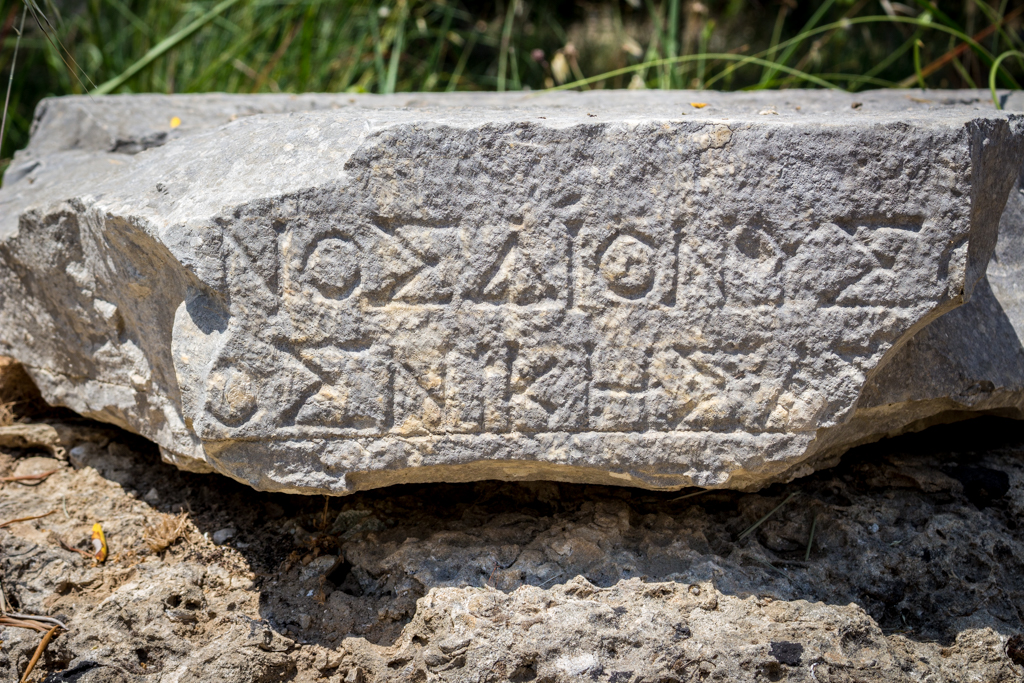Throughout my childhood and adolescence, trying to teach me world history out of a textbook was a lot like throwing a pot full of spaghetti noodles at the wall to see if anything would stick. Even if some noodles did stick initially, you just knew they were all going to peel off sooner or later and leave a big, soggy pile of noodles on the floor that were no longer edible.
Or something like that.
In any case, it just wasn’t the right method. Nothing stuck, in fact, and I always felt that being barraged with a whole bunch of noodles all at once–noodles like names and dates and timelines and the like–was a surefire way get me to shut down and tune out and make damn sure that none of those noodles would stick, because BORING!
So, yeah, what I’m trying to say is, history has never been a passion of mine, nor my strong suit. Until I started learning about history through travel.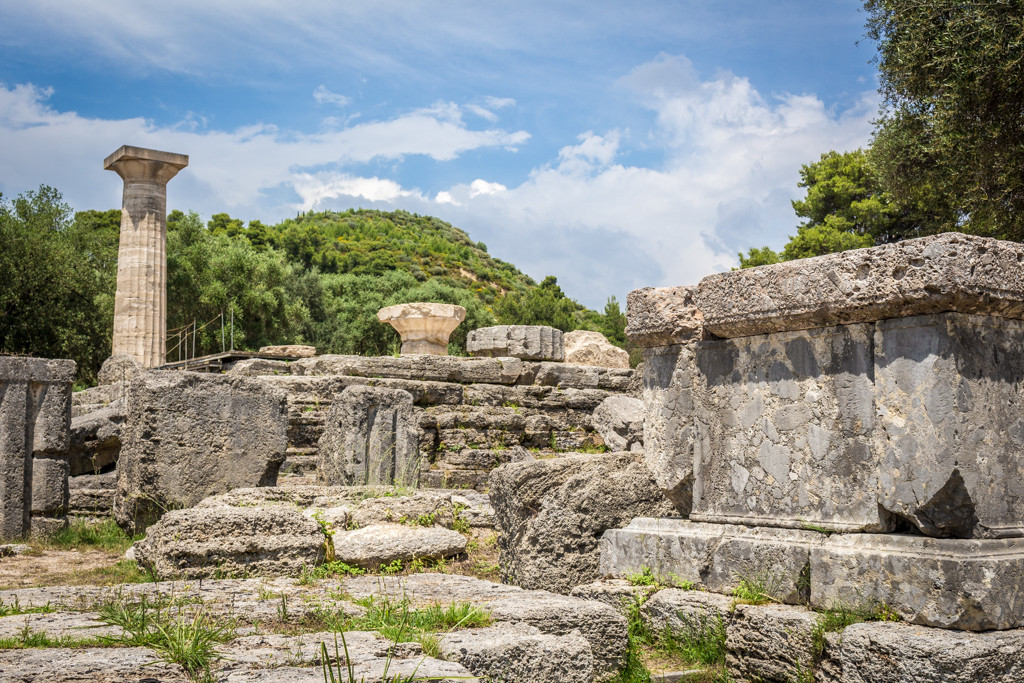
Exploring the world and learning about all the crazy sh*t that’s gone down over the centuries and millennia in a hands-on, interactive way has helped me nurture a fledgling curiosity that I’m certain will continue to grow the older I get and the more of the world I see.
Even still, I can’t say that all the noodles stick, but what I can tell you is that touring places of historic significance in person is beyond a shadow of a doubt the most enjoyable way I’ve ever found to learn about the past.
On my recent trip to Greece, I got to explore a whole slew of places that were absolutely teeming with fascinating history (then again, I suppose most of Europe is teeming with fascinating history) and, in stark contrast to my high school days, I relished every second of it.
Ancient Olympia is located a few hours’ drive to the west of Athens on the Peloponnese Peninsula. The town itself is small so one needn’t spend much time there to peruse the historical sites and museums; it could make for a quick side trip from the capital city or a two-day jaunt, but it’s certainly a place worth visiting for more reasons than one (the verdant, olive tree laden scenery springs to mind).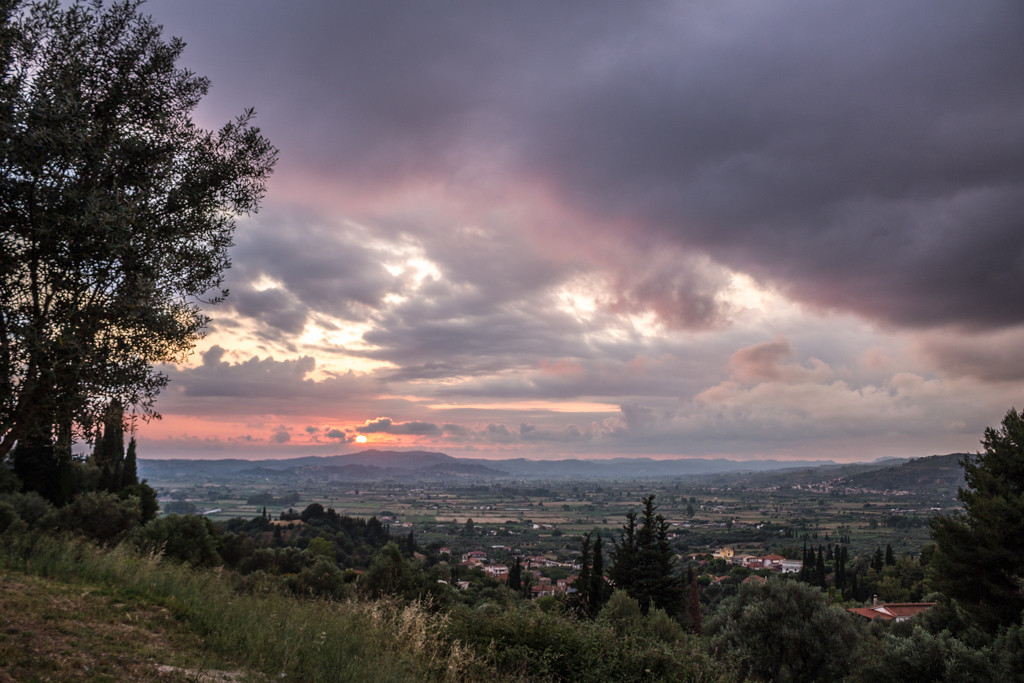
For those who already love history, seeing the grounds where the ancient Olympic Games were held is sure to be a highlight, and those who lean more toward ambivalent will, if they’re anything like me, leave feeling astonished and impressed in spite of themselves.
A guided tour of the Olympic Sanctuary is absolutely imperative. You’ll meander through the remains of the facilities where Greece’s best athletes would train and compete for glory.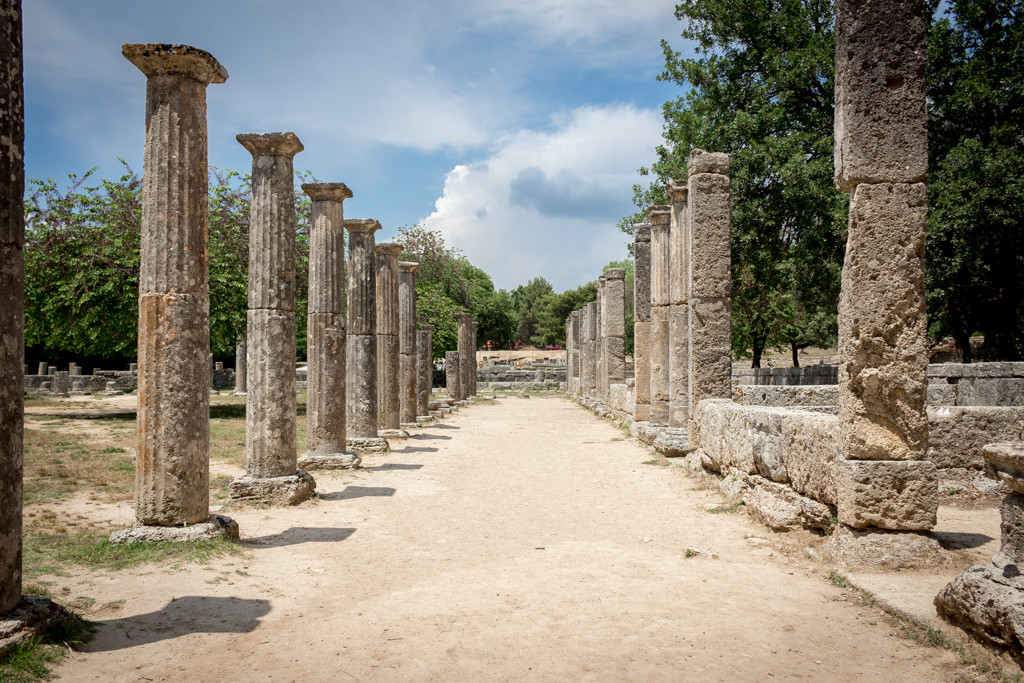
You’ll learn that the original Olympia (now referred to as the Olympic Games, as you know) were held every four years in honor of the god Zeus. That bodies in perfect physical condition were thought to please the gods. That more than 40,000 visitors came from all over Greece to enjoy the competitions and that only a privileged handful were allowed to stay at the luxurious hotel on sanctuary grounds.
You’ll learn that the Olympic Sanctuary was destroyed by Christians after the games were abolished by decree of the Christian emperor Theodosius I, and further leveled by two major earthquakes that devastated the region in 522 and 551 AD.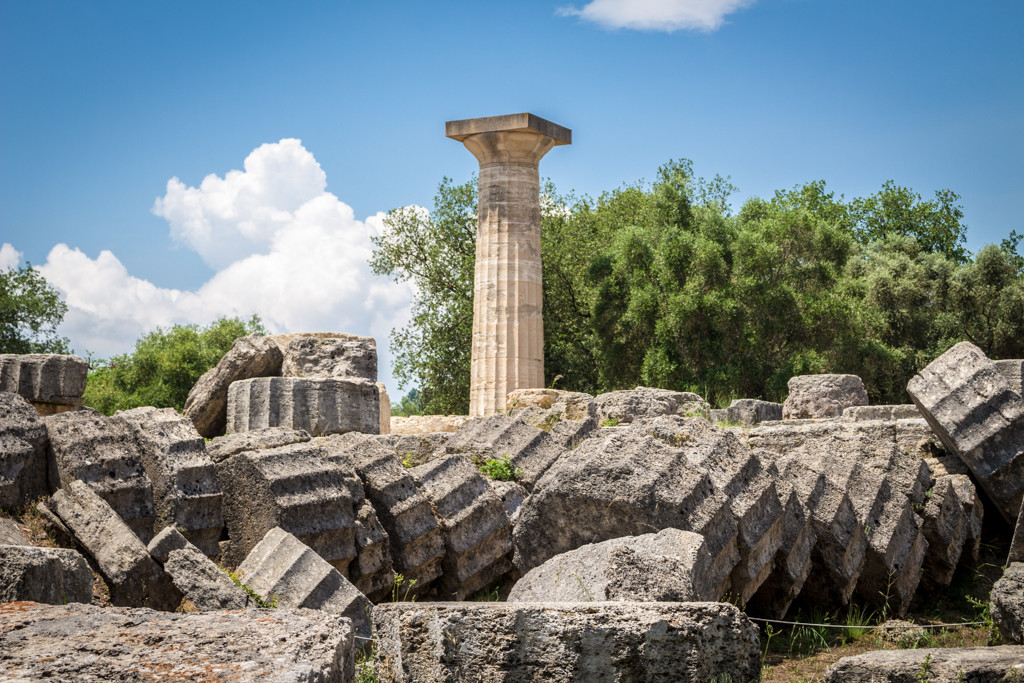
You’ll visit the Olympic Stadium, a stretch of dirt the equivalent of more than two football fields in length (200 meters). You’ll struggle to imagine this meager space filled with 40,000 spirited Greeks cheering on the athletes. You’ll feel out of shape just walking from one end to the other (…no? Just me?).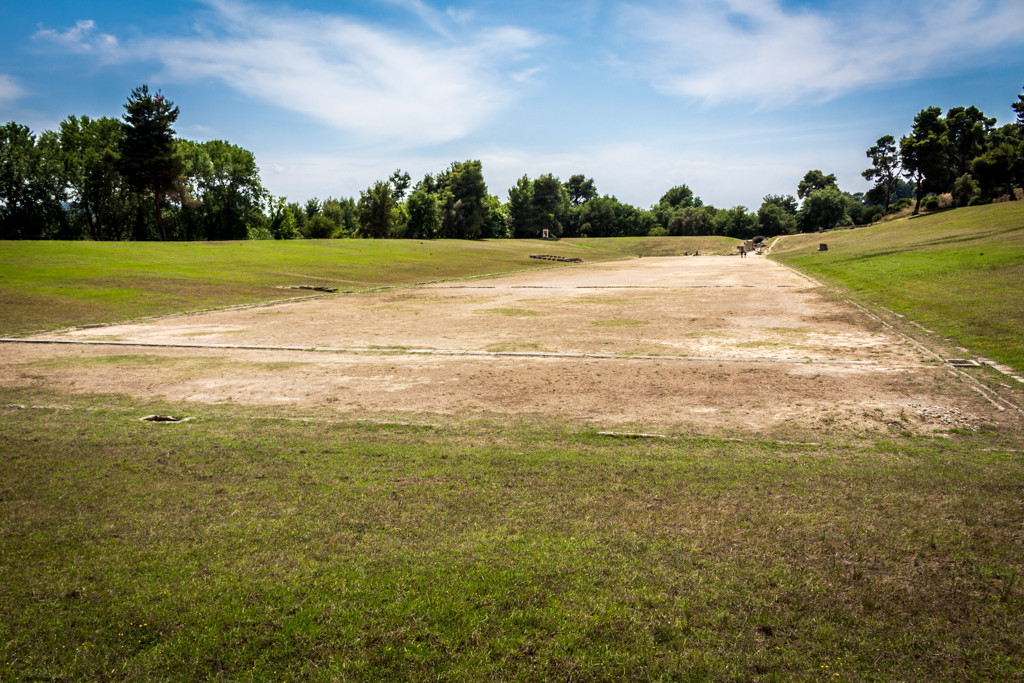
Finally, the best way to cool down following a tour of the sanctuary is to explore the Olympia Archeological Museum. As you gaze upon the artifacts collected from this ancient site over the years, you can start to piece together what the original Olympia might have looked like.
You might be surprised to learn that most buildings were not actually white, but brightly painted and the decoration has just worn off over time.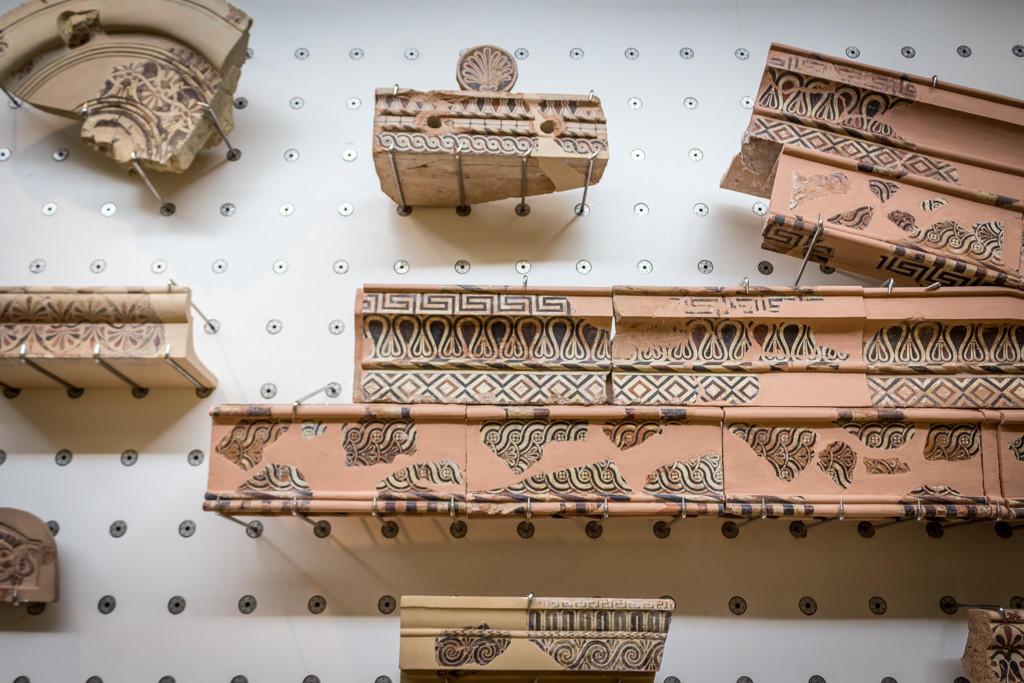
You’ll, ahem, appreciate the fine physical forms the many statues were modeled after (even if they are missing important bits here and there). You’ll snap a few photos just, you know, to have. For nothing, really. I swear!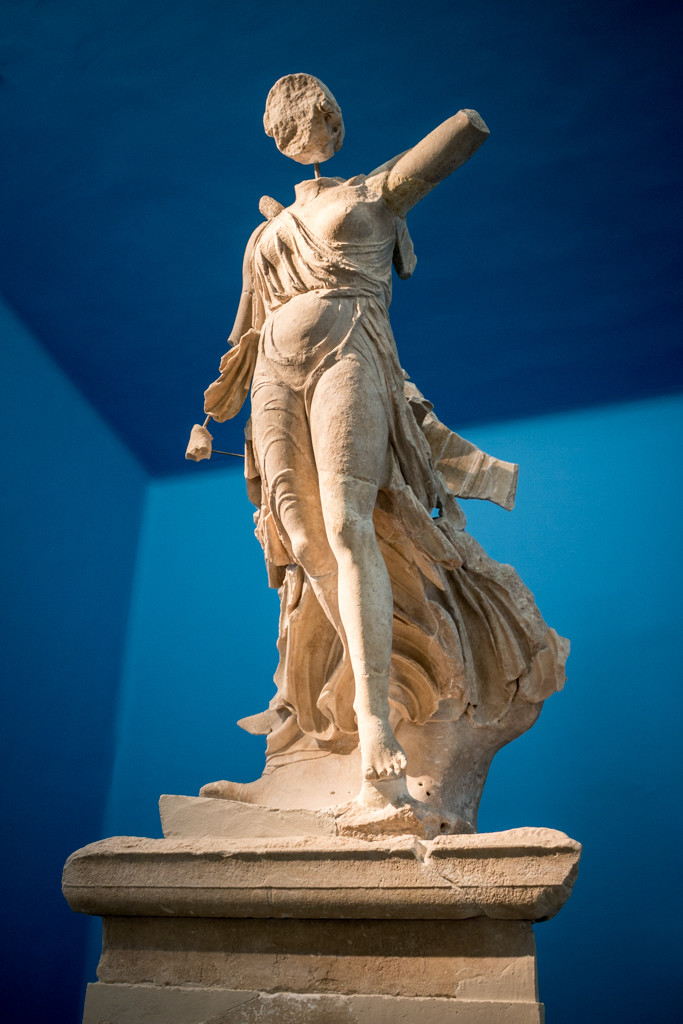
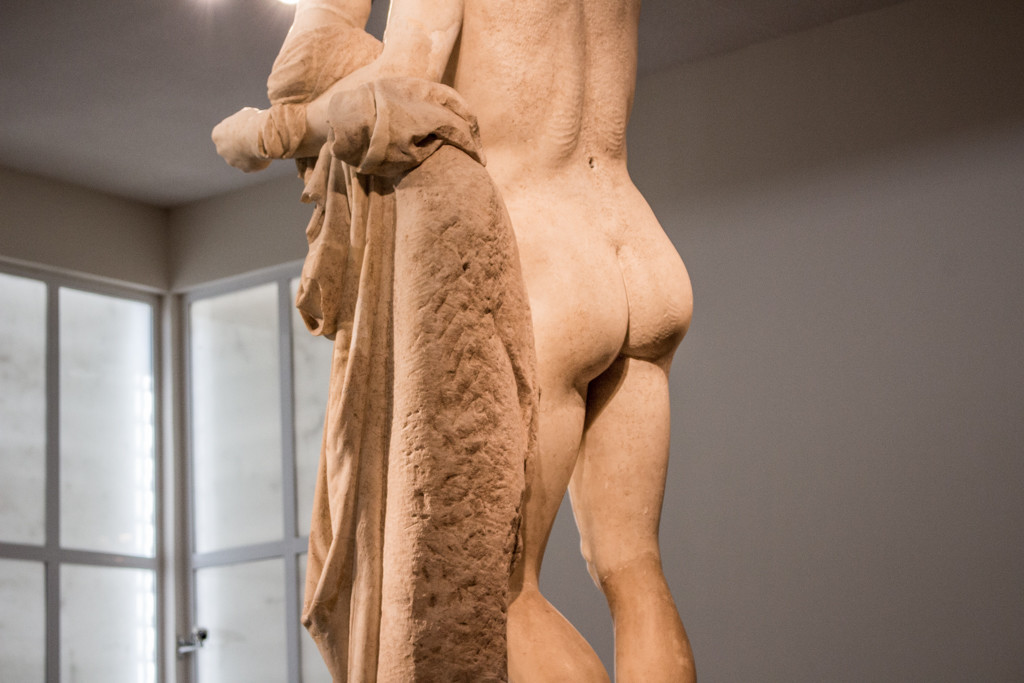
Whether you’re already a history lover or you’re soon to be one, I hope you decide to visit Ancient Olympia during a trip to Greece. And when that day comes, you could do a lot worse than to stay at Hotel Europa located at the top of Drouvas Hill. 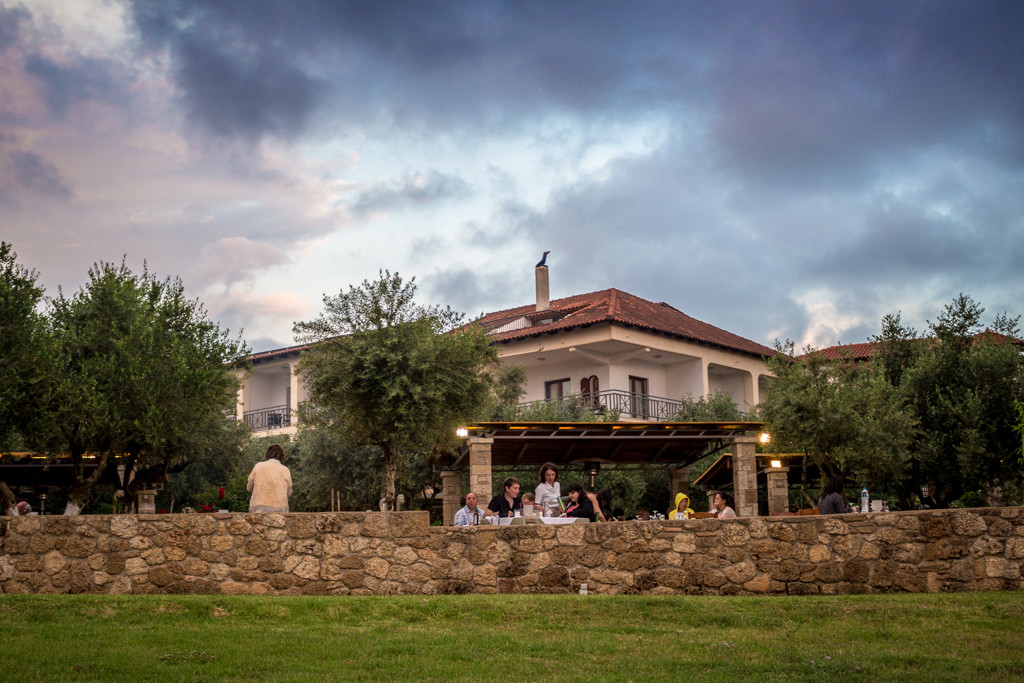
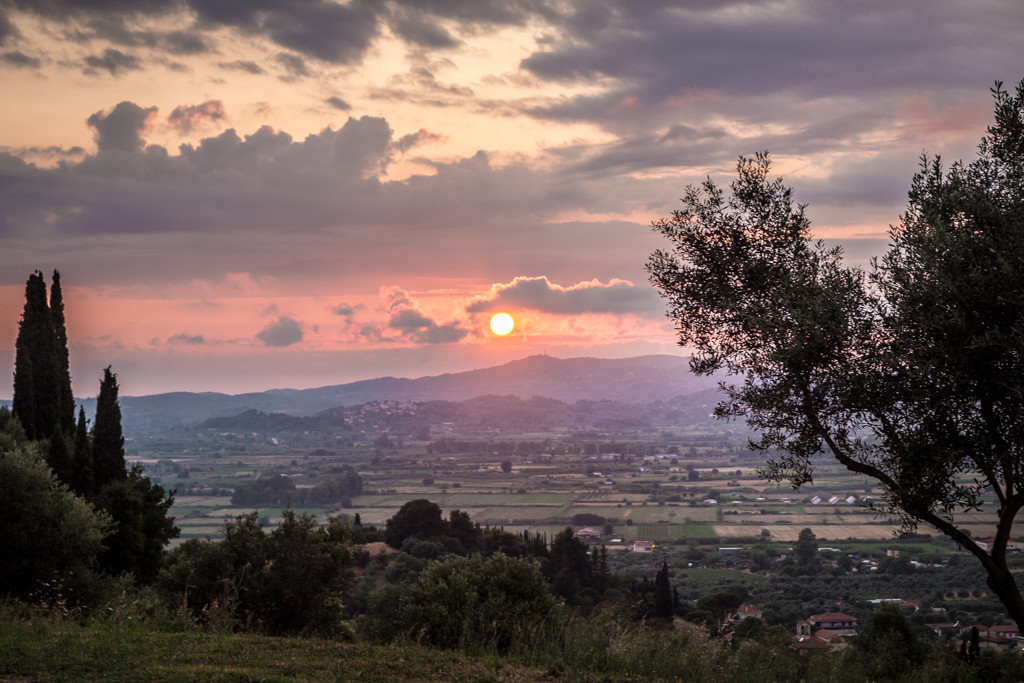 If the incredible food at their Garden Taverna restaurant isn’t enough to persuade you, the view of the lush green valley below might be. Though not right in the middle of town, it’s a short taxi ride away and a beautiful oasis to return to (complete with swimming pool) after a day of wandering around in the heat.
If the incredible food at their Garden Taverna restaurant isn’t enough to persuade you, the view of the lush green valley below might be. Though not right in the middle of town, it’s a short taxi ride away and a beautiful oasis to return to (complete with swimming pool) after a day of wandering around in the heat.
So, what about you? Do you love learning about history? Do you think you could learn to love learning about history through travel?
I visited Ancient Olympia as a guest of the city. As always, all opinions and inappropriate museum photos are my own.

